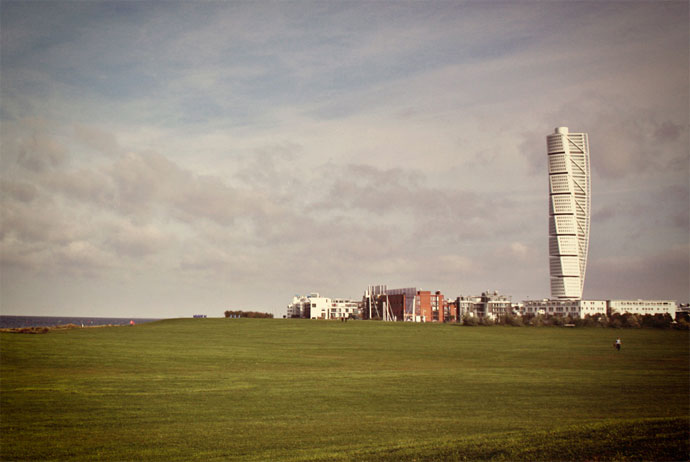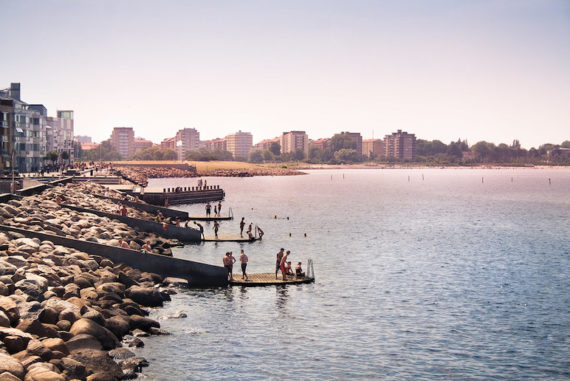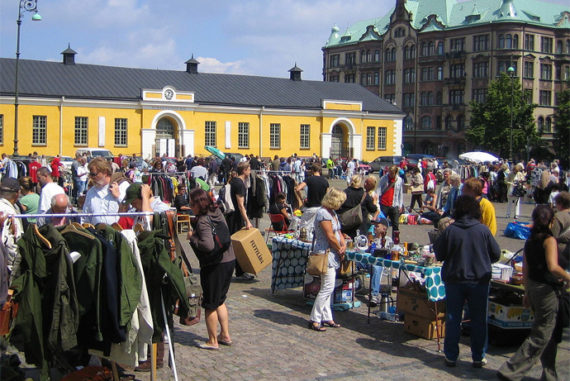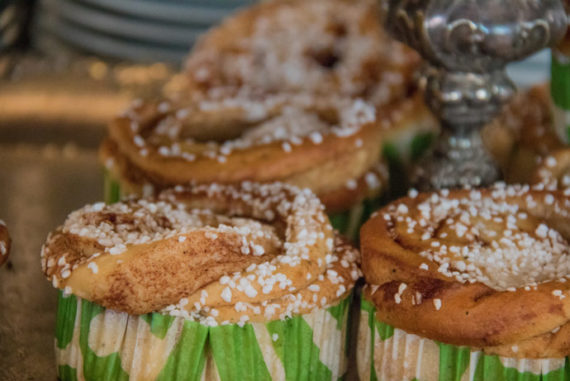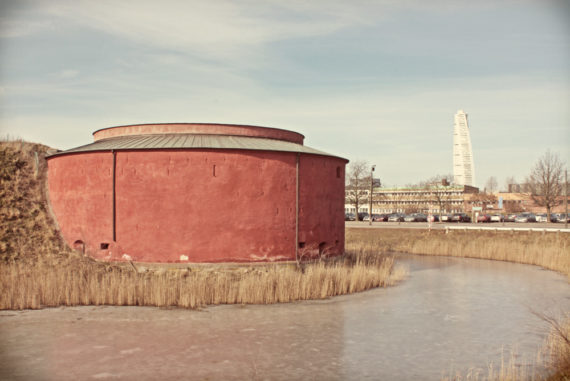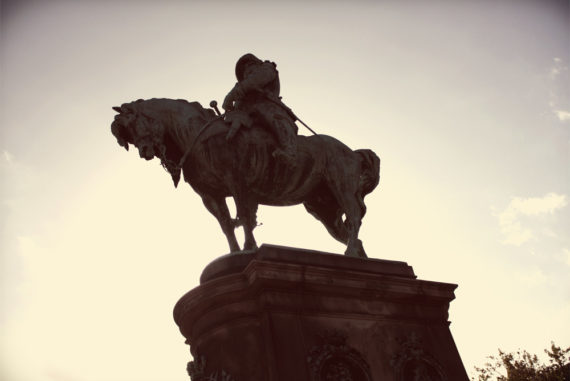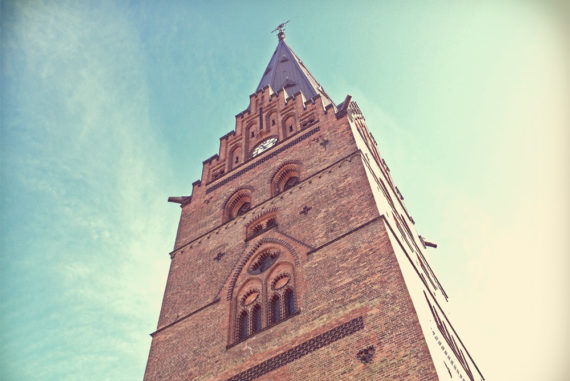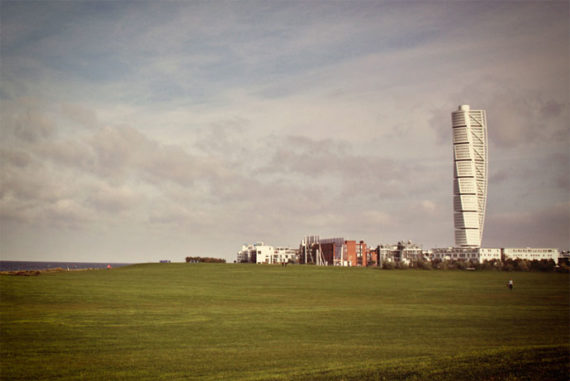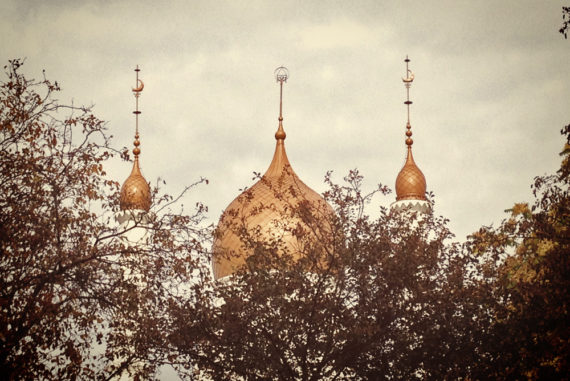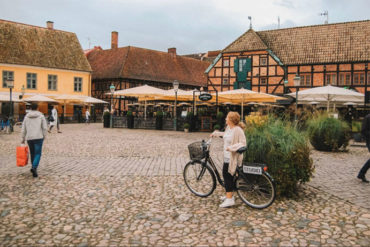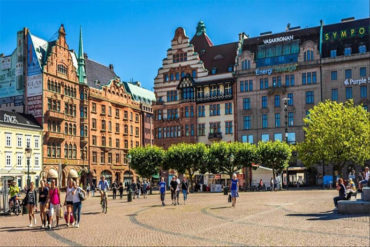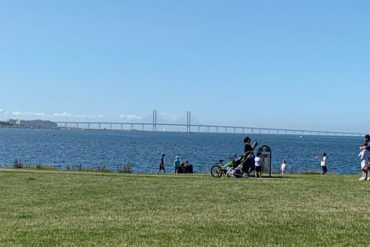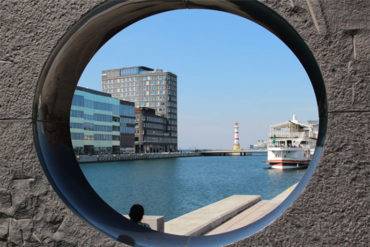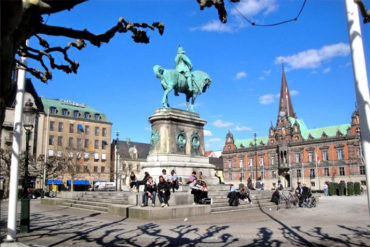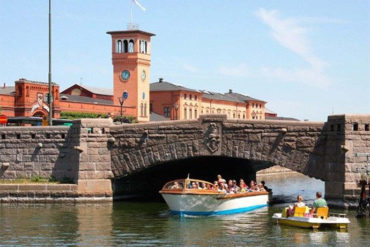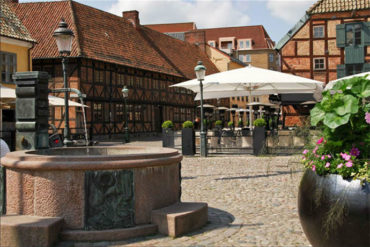Malmö travel guide
Malmö, located in the flat and fertile part of the country known as Skåne, is Sweden’s most culturally diverse city. Spend a couple of days exploring and you’ll hear dozens of different languages echoing off the cobbled streets, from Arabic and Thai to German and Norwegian.
Just over 300,000 people live in the city, but it feels as cosmopolitan and outward-looking as places twice the size. Malmö initially flourished as a fishing town and for centuries the entire area was part of Denmark, rather than Sweden. Only in 1658, following a long and bloody military campaign, could Sweden finally gain control of the region and start shaping Malmö’s future. The city grew, eventually becoming a successful manufacturing hub. Then in the 1970s, as Sweden’s economy began to falter, it entered a period of steady decline – with a reputation for crime and disorder to match.
Only when the vast Öresund Bridge opened in 1995, providing a quick shortcut to Denmark and the rest of continental Europe, could Malmö finally hit its stride. Today it’s a modest, eco-minded city where organic food and feminism rule, and cycling is considered the coolest mode of transport. Experimental restaurants and bars are slowly beginning to transform the street scene, with some places taking obvious inspiration from nearby foodie hotspot Copenhagen.
The prices are much lower here, however, and the restaurants rarely feel pretentious. Malmö’s galleries, parks and museums are well worth exploring – not least Moderna Museet, a mini version of Stockholm’s world-class modern art gallery. If you can resist the urge to rush on from here to Denmark or another part of Sweden, you’ll be able to take in less-visited sights such as the Form/Design Center and Malmö’s sandy, man-made beach – perfect for a chilly dip.

